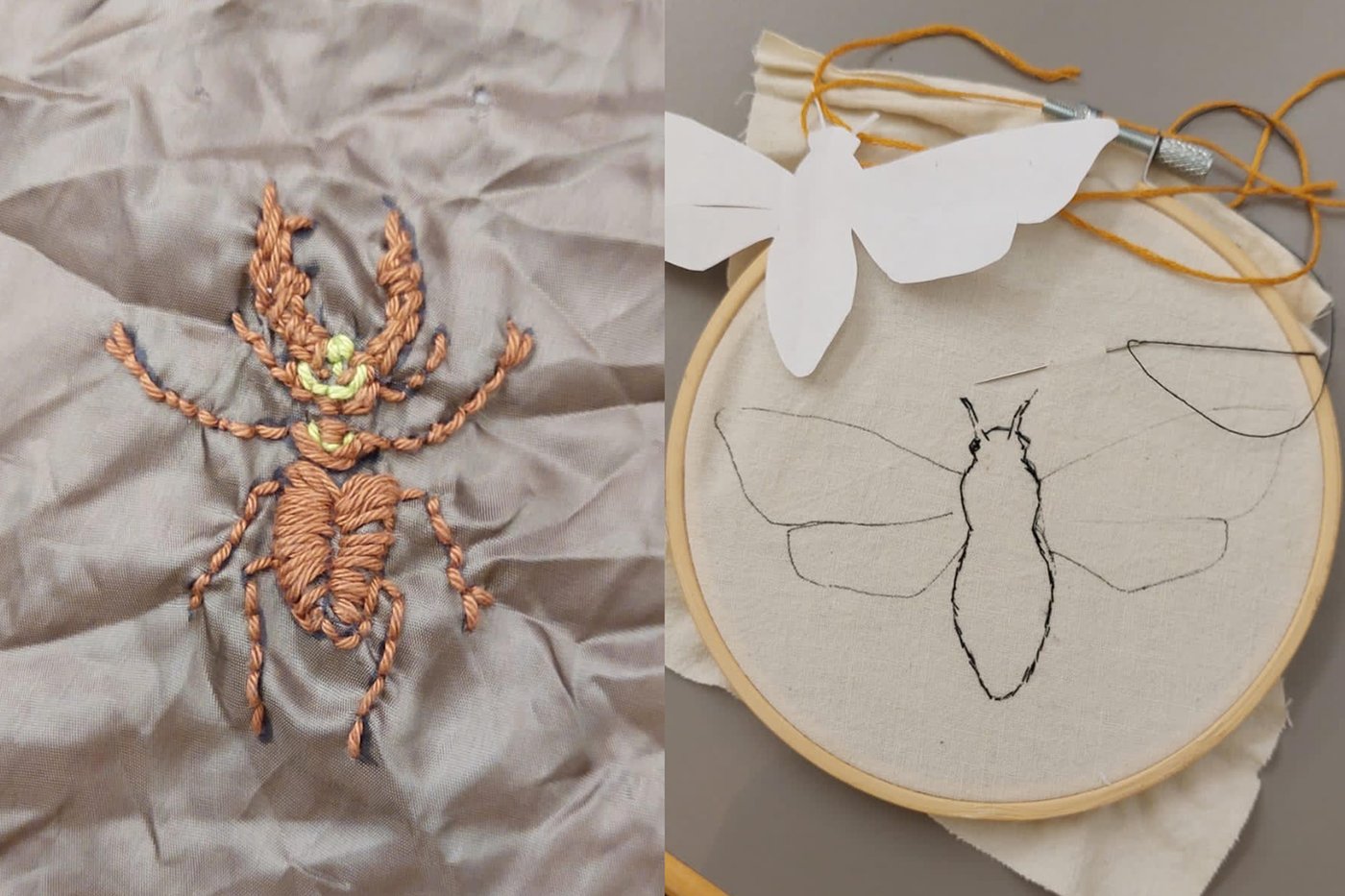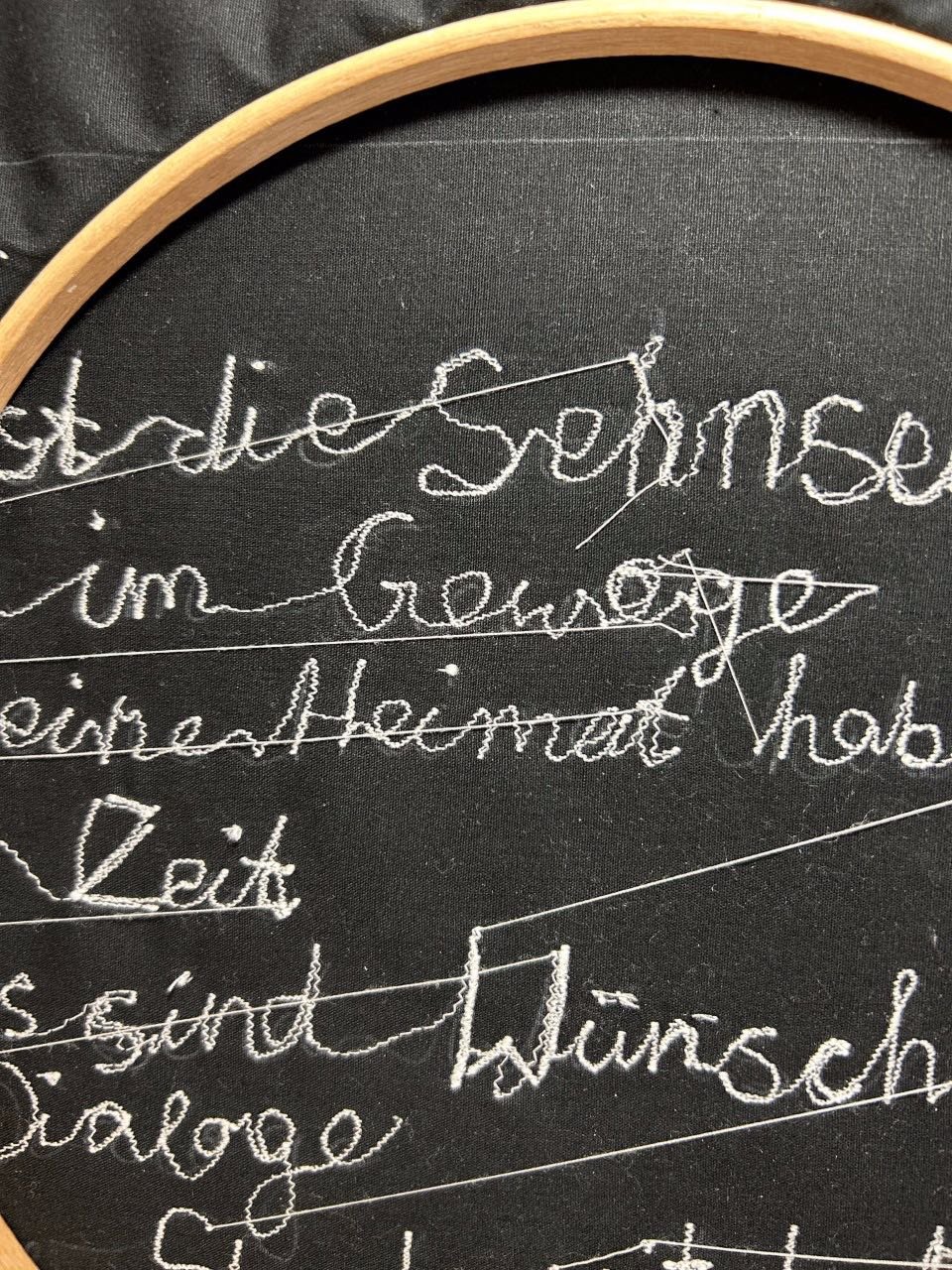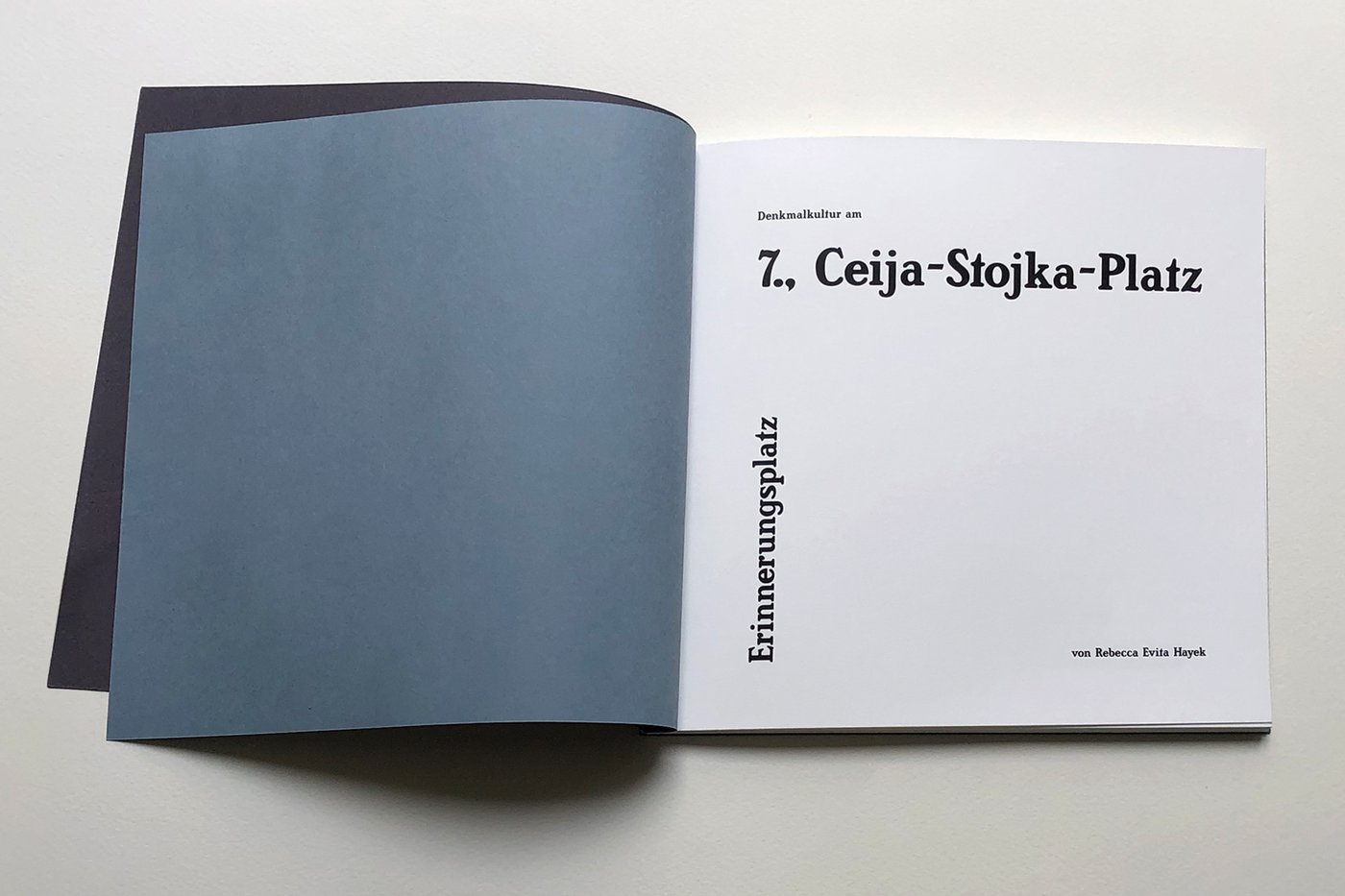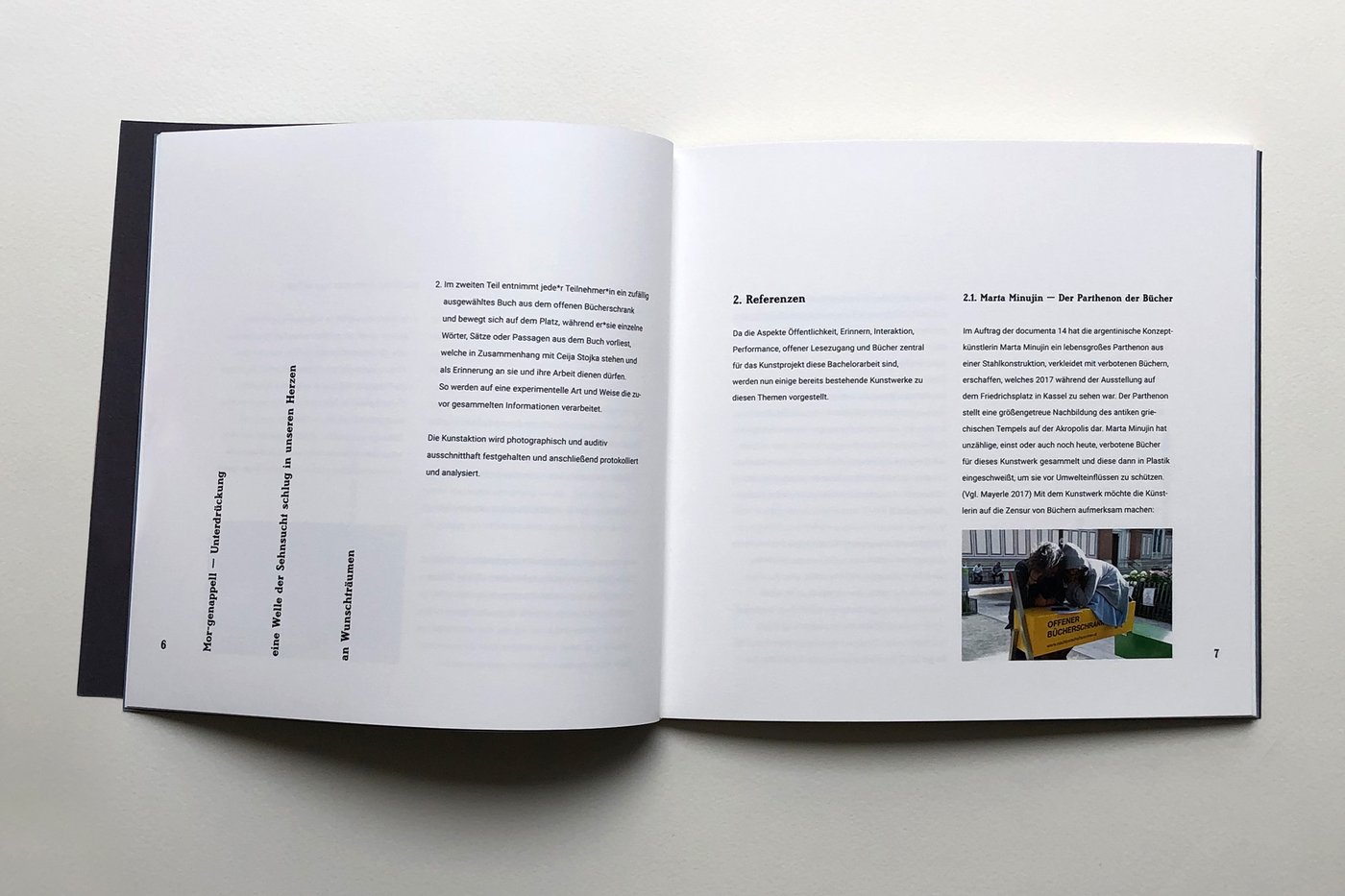Design in context - reflections, processes, projects
Students present design works and projects developed and realized in the workshops and courses of the artistic teaching degree program “Design in Context”.
The exhibition offers insights into various craft, presentation, and production basics of the Bachelor's degree program, which form the practical foundation for design and mediation processes in the field of things, fashions, bodies, spaces, and architecture.
Design in Process
IKL Lounge, Room 4.01
Poster series presenting moodboards developed for the MA design project by students in the Design in Context program. Supervised by Martin Beck and Valerie Lange.
The exhibition presents moodboards from the development phase of the MA students’ design projects in the Design in Context program. The poster series highlights idea development, inspirations, and atmospheric compositions on which the student’s design projects are based. The MA projects will be actualized in the following summer term.
Participating students: Talitha Eberharter-Tvarocska, Ferdinand Emanuel Halter, Annika Sinja Herlicska, Abigaile Hochwald, Marlene Else Maria Jobe, Tina Kelam, Susanne Ölz, Juliana Balfour Smart and Mamie Zauner
Digital Memory Weaving – didactics of creative craft practices
Raum 4.11
The students present jacquard fabrics designed in the course “Vermittlungsformate für gestalterisch-handwerkliche Praktiken” and realized in cooperation with the Textile Center Haslach/Upper Austria. Supervised by Lisbeth Freiß.
The didactically reflected teaching/learning processes emphasize the “materialization” process going hand in hand with the materialization of an idea. As if in fast motion, a design becomes “real” fabric line by line, weft by weft, on the electronic Jacquard loom.
The didactic concept for design and craft practices is an example of how digital textile production can be used to integrate expertise and infrastructure of external learning sites into university teaching and, subsequently, into the school classroom.
Participating students: Alix Drakulic, Kathrin Fasching, Vedran Govorcin, Iris Madarassy, Eva-Maria Meischl, Ricarda Seifried, Sophie Thoms.
Fachdidaktik/ Schulpraxis – Alltags- und Jugendkulturen
Room 4.11
As part of the practical teaching project in the course “Fachdidaktik/Schulpraxis – Alltags- und Jugendkulturen,” students instructed the eigth-graders of Haizingergasse Grammar School in embroidery under the topic “Embroidering Insects”. Supervised by Ulli Nöbauer.
Participating students: Selina Enengel, Hind Hafuda, Jana Straßer, Alisa Wolf
Purse in context
Raum 4.11
Students from the teacher training program “Design in Context” show prototypes developed in the course “Einführung in Methoden der Gestaltung” with Pia Elisa Nagl.
Based on the reflection of their own design methods, the exhibited objects show the engagement with five different design concepts: Social Design, Speculative Design, Ecological / Environmental Design, Interspecies Design and Playful Design.
The starting point for the project is a wallet. Working in small groups, the students use it to explore design methods in the context of different design concepts and develop a prototype.
Participating students: Anna Bauer, Emma Dirnhofer, Marina Fröhlich, Eva Geiblinger, Anton Haberl, Josi Hipp, Marlene Juhart, Sarah Kunesch, Fanny Ladstätter, Milo Liksarevic, Marianne Motlicek, Nasch Neugebauer, Ella Niessen, Paula Prodinger, Eva Resch, Ida Romanowski, Valentina Schmidt, Anna Stippel, Jenny Unger, Tabea Wolf.
Fashion Studies & Fashion Practice
Staircase 1st and 2nd floor
Exhibition of works from the courses “Alltags- und Jugendkulturen,” and „Moden | Styles | Identitäten“ with Sarah Held.
In the courses, students develop intervention strategies against the hegemonic categories of class, gender and race from the perspective of Fashion Studies and fashion practice. The exhibition presents a zine compilation, a collection of radical fashion-case-collages and examples of practical works with a focus on Alltags- und Jugendkulturen.
Participating students:
Everyday life and youth cultures (project): Lia Gladilin, Sarah Fichtinger, Larissa Huber
Everyday life and youth cultures (theory): Anna Bauer, Simon Beran, Isidora Dimitrijevic, Alix Drakulic, Esther Eigner, Selina Enengl, Kathrin Fasching, Jasmin Lausmann, Hannah Mia Majewski, Mir* Raggam, Charlotte Rechbach, Alexandra Rudolph, Hanna Saurer, Stella Schwaiger, Moritz Seeburger, Stefanie Sima, Leonie Spitzer, Kathi Suttner, Sophie Thoms, Lea Weichselberger, Alisa Wolf
Moden/Styles/Identities (theory): Hind Hafuda, Eva-Maria Meischl, Ella Niessen, Christian Reiter, Alisa Charlotte Wolf
Pattern & Ornament
Room 4.03
Exhibition of the courses „Darstellungsgrundlagen“ and "Planzeichnen" with Herbert Peter from the teacher training program "Design in Context".
Darstellungsgrundlagen (Design Basics)
In an analog focus in the examination of representation types and techniques, works from the winter semester on the subject of "Pattern & Ornament" are exhibited. The traditional development of design techniques meets contemporary design emphasising analog production.
Planzeichnen (Mapping)
Products of the digital focus in the course are shown. The use of digital techniques on the topic "Pattern & Ornament" can be used as an extension to analog design techniques. The task overlaps with the analog requirements of "Darstellungsgrundlagen (Design Basics)", nevertheless, time for realisation allows solely digital production.
Participating students: Magdalena Bloder, Isidora Dimitrijevic, Maja Froschauer, Eva Geiblinger, Samuel Gerersdorfer, Erisa Mir Kazemi, Sarah Kunesch, Fanny Ladstätter, Julia Luiki, Lina Mehlführer, Marianne Motlicek, Ella Niessen, Eva Resch, Ida Romanowski, Antonius Scarpatetti, Anna-Lara Stippel, Nora Topar, Lea Vinatzer
PERFECTLY IMPERFECT - mark making explorations
Raum 4.11
Textile surface manipulations made in the course “Textile Gestaltungsverfahren / Drucktechnik” with Lisa Niedermayr from the teacher training program “Design in Context”.
Participating students: Anton Korbinian Richard Haberl, Marius Hochmeier, Natascha Luisa Neugebauer, Paula Prodinger, Leonie Spitzer, Anna-Lara Helene Stippel
Projects from the production techniques wood, metal, plastic
Room 4.03
Students present design/handicraft works from the study area of foundations in crafts. Supervised by Barbara Rohner and Peter Spitaler.
The exhibited objects are examples from the process of learning manual and mechanical skills for working with and processing materials and understanding their technical needs.
Participating students: Anna Bauer, Selina Enegel, Johanna Fink, Vedrana Govorcin, Elliott Griffith, Florian Jauernig, Corinna Klinger, Assunta Abdel Azim Mohamed, Maximilian Obermüller, Julia Schener, Alena Stöckl, Karina Weger
Projects on/for/with technology & sustainability
Room 4.03
Students present works, plans, and documentation that express their engagement with technology and sustainability. Technology is conceived digitally, mechanically, electronically, and manually and researched and implemented in the context of sustainability. The exhibition visualizes the students’ design process, in which research, conception, design, prototyping, and optimization represent iterative design processes.
Participating students: Rebecca Evita Hayek, Marius Hochmeier, Corinna Anna Klinger, Maria Lici, Stefanie Sima, Alena Stöckl, Barbara Wagula, Anja Wiesinger, Luana Zimmermann
textile bits and bites
Room 4.11
Exhibition of "Nähtechnik / Schnittechnik (Sewing and Cutting Technique)" with Christiane Gruber and Pia Elisa Nagl from the Department of Design in Context.
Making textile surfaces and structures are aspects of sewing technique, cutting technique, form-finding processes, and textile manipulation. The work samples reflect the tension between textile mediation practice and independent artistic and creative activity.
The expansive structures are based on the concept of “pillow” and show the individual preoccupation with the relationship between space and body, body in space and the human-thing-relationship in the context of textile design methods.
Participating students: Lucas Ditl, Sam Gerersdorfer, Fanny Ladstätter, Marianne Motlicek, Diana Peutl, May Rabl, Uma Reiner, Luca Ruhri, Maya Samajdar, Hanna Saurer, Valentina Schmidt, Rafaela Antosch, Magdalena Bloder, Lorenz Burkhart, Iklim Dogan, Eva Maria Geiblinger, Anton Haberl, Josefine Hipp, Eva Maria Resch, Ida Romanowski, Antonius Scarpatetti, Stella Schwaiger.
Textile printing
Raum 4.11
Students present screen prints on fabric that deal with the Marienthal textile factory and the social psychologist Marie Jahoda, realized in the course “Textile design processes/printing techniques”.
The prints were produced for a the event and exhibition “200 years of Marienthal and 90 years of the Marienthal Study” (Gramatneusiedl, 2023).
Participating students: Marlene Haderer, Verena Klepp, Lisa Maria Lupsina, Mariam Malik
Typography & Layout
Stiegenaufgang 3.–4. Stock, Gang 4. Stock, Raum 4.03
Exhibition of works from the courses “Typography & Layout I + II” with Martina Gaigg in the teacher training program “Design in Context”.
Students show their layout and typographic work: type-specimen posters, layouts for seminar and bachelor theses as well as manuals, calendars and experimental calligraphy.
Participating students: Anna Bauer, Victoria Fahrbach, Hannah Frieser, Theresa Gartler, Heike Glatz, Ricarda Gratzer, Marlene Juhart, Veza Govorcin, Rebecca Hayek, Theresa Horlacher, Jasmin Lausmann, Iris Madarassy, Susanne Ölz, Magdalena Pichler, Marlo Pillwein, Charlotte Rechbach, Alexandra Rudolph, Magdalena Schwarz, Alena Stöckl, Holger Stärz, Nora Topar, Lea Vinatzer
Folding table for sewing work
Room 4.03
The exhibition shows a foldable work table by Teresa Gatterer. The prototype was realised as part of her design bachelor thesis.
The table top for sewing is made as a birch plywood frame construction in sandwich design with a core of weight-reducing Styrodur and covered with a dirt-repellent nano-surface. The collapsable construction of the table's legs is made of brushed aluminium semi-finished products, can be fixed parallel to each other under the table top and stowed away to save space.
![[em]Moodboard[/em], © Abigaile Hochwald 2023](https://www.akbild.ac.at/en/university/events/exhibitions_didacticprogram/2024/open-days-2024/design-in-context-reflections-processes-projects/moodboard_-abigaile_hochwald_2023.jpg/@@images/image-1400-ecfb6a29267f4e44123ed466f706bdcd.jpeg)


![Verena Klenk, [em]Fabrik[/em], 2023, Photo © Ulli Nöbauer](https://www.akbild.ac.at/en/university/events/exhibitions_didacticprogram/2024/open-days-2024/design-in-context-reflections-processes-projects/textildruck.jpg/@@images/image-1400-2400ff11b2fa3569a8b5ad94e7ce6430.jpeg)

